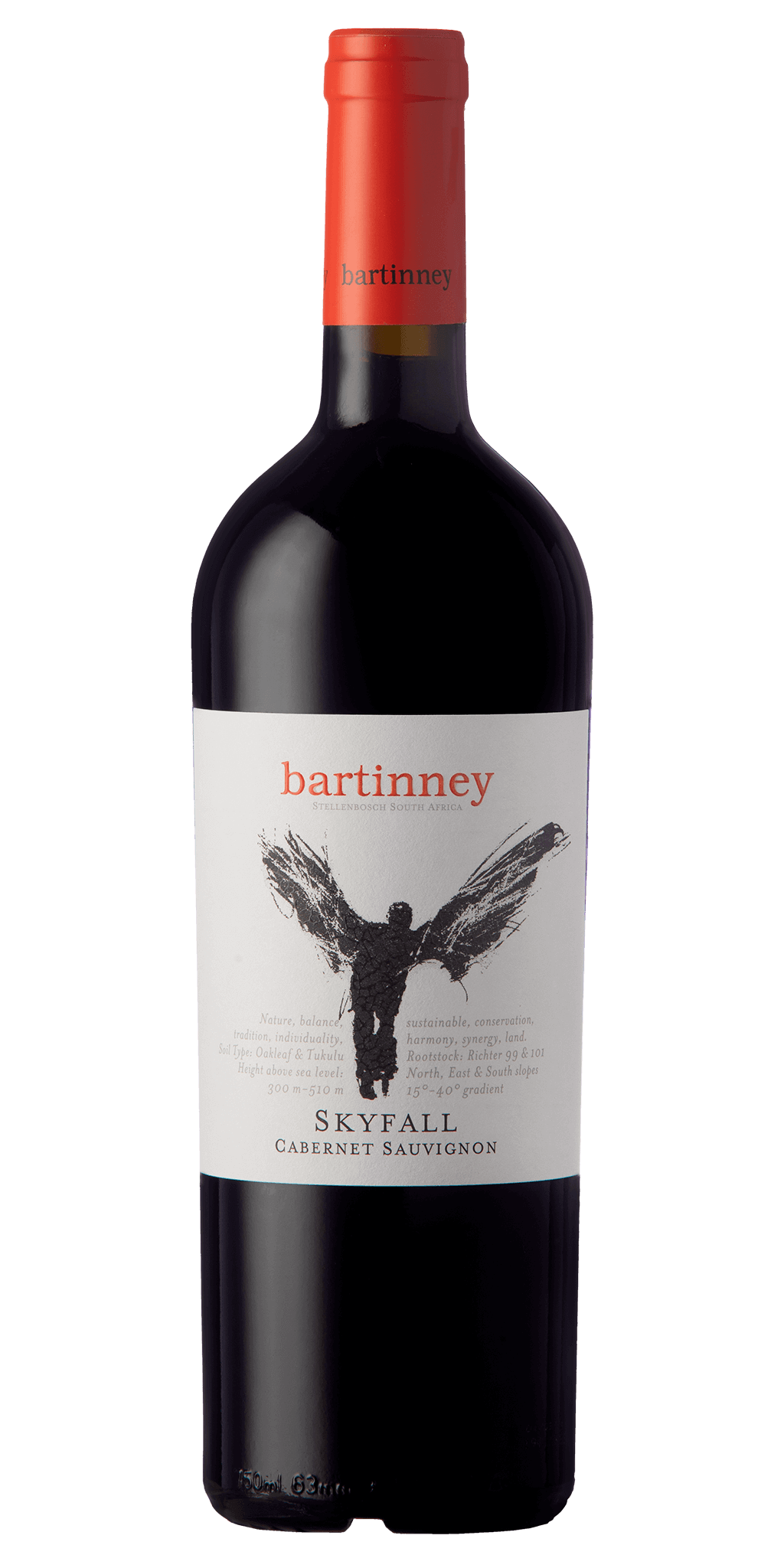Some wines are fantastic to enjoy immediately, however many wines can greatly benefit from aging…
Store Wine at the Proper Temperature
Of all the factors influencing the quality of stored wine, the temperature is perhaps the most important. Unsuitably warm or cold temperatures are a sure way to spoil the wine. The ideal wine storage temperature is 55 – 59 °F or 12 – 15 °C. White wines lower and red wines higher within that spectrum. Wine should never be kept below 39°F or 4ºC, it’s too cold and the glass can crack. Nor above 68°F or 20°C, which can accelerate the aging process and damage delicate volatile compounds, thus often referred to as a cooked wine. Most importantly, your wine storage temperature should be kept as stable as possible. Regular temperature fluctuations can cause the cork to expand and contract, allowing the wine to seep out or air to seep in around it resulting in an oxidized wine.

Red & white wines need to be stored at different temperatures to ensure optimal preservation

Temperature fluctuations can cause the cork to expand and contract, allowing the wine to seep out or air to seep in, resulting in an oxidized wine.
Store Wine Bottles Horizontally
For bottles with corks, be sure to store your wine horizontally in a wine rack. Keeping wine on its side helps keep the cork wet, which is key for long-term storage. A dried-out cork can cause leakage and premature aging. While it’s not necessary to keep screw cap wine bottles on their sides, horizontal storage is nevertheless an efficient way to store your wines for maximum space and easy access. There are numerous types of designer racks and fun shelve designs out there, find one that fits in with your interior space and style.

Keeping wine on its side helps keep the cork wet, which is key for long-term storage and preservation
Protect Wine from Light and Vibration
Keep your wine in the dark. Direct sunlight can damage the bouquet and flavor nuances as can heat in general. Vibrations are a no go too, whilst you may enjoy a shakeup with The Beach Boys, your wine doesn’t. So your washer, dryer, exercise area, oven, or stereo system are all areas to avoid. Vibrations can disturb sediment in the bottle, disrupting the delicate process that causes wines to age favorably.

Store your wine in the dark to ensure it’s at it’s best when you decide to crack open the bottle
Store Wine at the Proper Humidity
Humidity extremes in your wine cellar or storage area can also impact the lifespan of your wine. At lower humidity levels, the corks can dry out, leaving the wine vulnerable to the effects of oxygen, while higher humidity can cause labels to peel off the bottles and induce mould. The happy place is between 55 – 75% humidity.

Most modern cellars are built to protect wines from too much or too little humidity
Invest in a Wine Fridge
If you don’t have a wine storage space that’s consistently cool, dark, and handsome, I mean humid, a wine cooler is the answer. Unlike a food fridge set around 37-41˚F (3-5˚C) that you stand in front of with the door open staring into longingly for something delicious to appear, a wine cooler keeps wine between 50-60˚F (10-15˚C) and at the proper humidity which has lots of enticing options. A fancy wine fridge will also have a cooler setting for champagne and multiple temperature settings for reds and whites. This is not entirely necessary but a good value add. If cost is a concern, remember wine is an investment, learn more about why you should invest in premium South African wines here. The rule of thumb is that white wines should be kept cooler than reds, as we would in serving temperatures.
Don’t have a wine cellar or a cooler? This might just be the perfect excuse to start drinking through your collection and buy wine online as you need it.

Now that you’re educated on the ABC’s, sit back & relax – clink clink
Here is a list ultra premium wines to shop, that are the perfect wines to age. Follow Sip & Read to learn more about the wonderful world of wine. Cheers!




 +1 888 812 2543
+1 888 812 2543